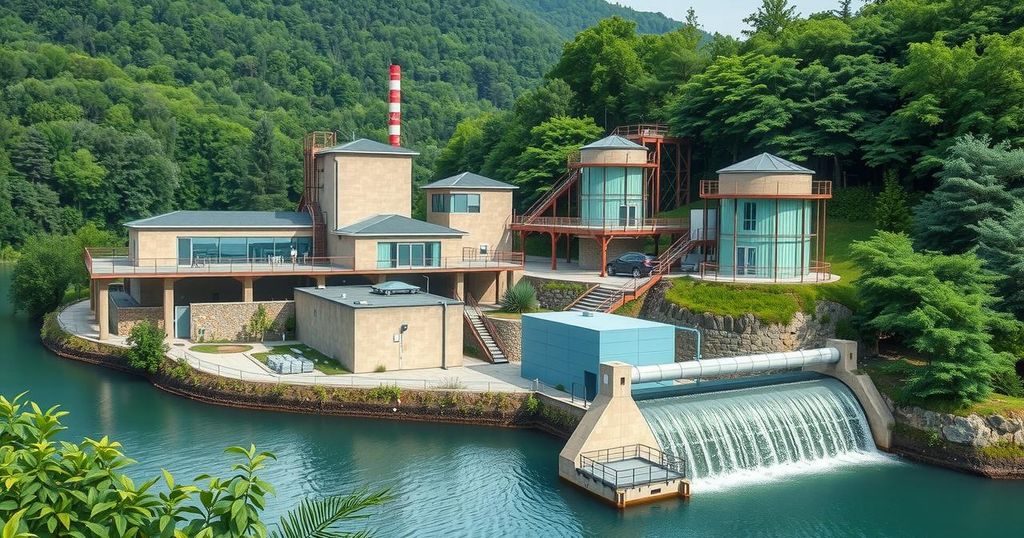Anacortes, Washington Enhances Water Treatment Plant Resilience Against Climate Change

Anacortes, Washington is enhancing its water treatment plant’s resilience to climate change by increasing its capacity from 21.4 million to 31.5 million gallons per day. Rebuilding on-site due to prohibitive relocation costs, measures include raising electric equipment and installing protective features against flooding. The project, costing approximately $56 million, leverages EPA tools for assessing vulnerabilities and aims to improve service reliability amidst climate risks.
The city of Anacortes, Washington has undertaken a significant initiative to enhance the resilience of its water treatment plant, which serves 56,000 residents, against climate change and flooding. Originally designed to process 21.4 million gallons per day, the plant’s capacity has been increased to 31.5 million gallons per day as a proactive measure in 2003. Acknowledging the prohibitive cost of relocating the facility from the floodplain, the city opted to rebuild it in its current location after thorough evaluation of climate risks.
Anacortes officials collaborated with non-profit organizations to assess potential climate vulnerabilities affecting the plant’s design and siting. Key climate risks identified include increased frequency and intensity of storms, saltwater intrusion, and heightened sedimentation levels. Projections indicate an expanded 100-year floodplain, approximately 350% increase in winter sediment loads, and the migration of saltwater upstream due to sea level rise, extending through the 2080s.
To mitigate these risks, engineers implemented several protective measures during the plant’s design and construction, such as minimizing the facility’s footprint below the 100-year flood elevation and raising critical electrical systems above flood levels. Additionally, waterproofing techniques were employed for areas below 40 feet, while ring dikes were constructed for enhanced flood protection. The total expenditure for rebuilding the plant is projected at $56 million dollars, ensuring that it is better equipped to meet growing demand and climate challenges.
Various EPA resources were utilized during this project to address the identified vulnerabilities. The EPA Coastal Inundation Toolkit aids utilities in understanding potential impacts from rising sea levels and storm surges, while the Creating Resilient Water Utilities Adaptation Strategies Guide offers low-cost adaptive strategies for better resilience in designs. The Climate Resilience Evaluation and Awareness Tool (CREAT) has been instrumental in helping utilities perform vulnerability assessments based on traditional risk or scenarios.
For further insights into community responses to climate risks, examples include Manchester-by-the-Sea, recognized for its analysis of sea level rise, and Iowa City, which opted to relocate a vulnerable facility. Washington, D.C. has also implemented various strategies, including green infrastructure, to mitigate stormwater impacts and flooding risks. These case studies provide a broader context for understanding the importance of proactive measures in water utility planning and design.
In conclusion, Anacortes has made notable strides in enhancing the climate resilience of its water treatment plant by recognizing and addressing the vulnerabilities posed by climate change. Through collaboration with non-profit organizations, the city assessed various risks and implemented protective design strategies. By leveraging valuable EPA resources and learning from other communities, Anacortes is better positioned to meet future challenges and ensure consistent water service for its residents.
Original Source: www.epa.gov







